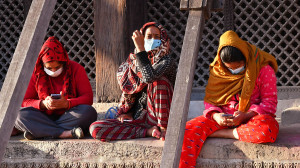Opinion
Teach kids to fight back
Self-defence training is not all kung fu, it is raising awareness about possible abuse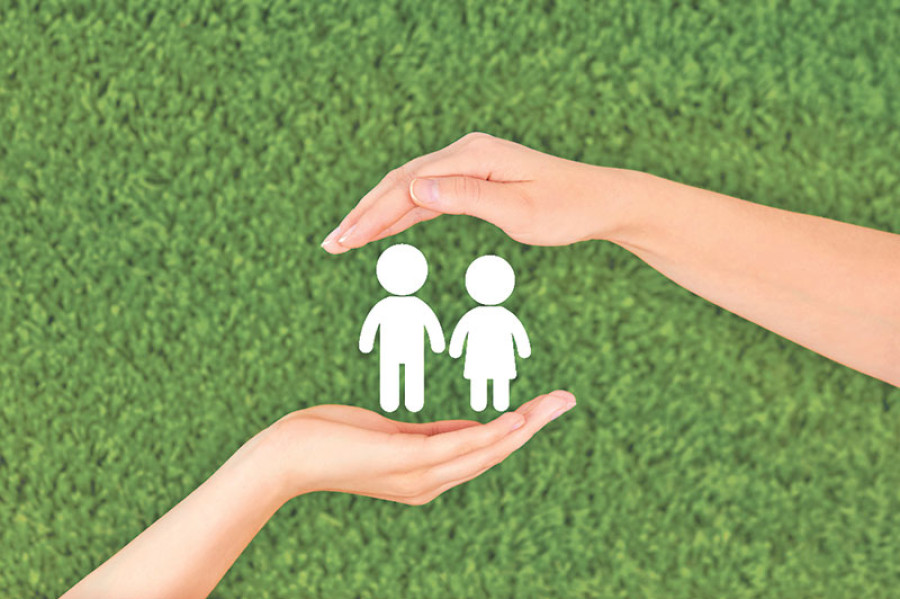
Giri Bahadur Sunar
As an empowerment self-defence trainer and sociologist, I teach young girls and women to defend themselves from different types of abusers and educate them about unnaturally constructed gender roles in a so-called patriarchal society. In this regard, I was invited to Padma Kanya Bidyashram Higher Secondary School, Dilli Bazaar to take part in a panel discussion with other experts and children on the topic ‘Child abuse and prevention’. One girl asked me how small girls and boys could defend themselves from potential abusers who are much bigger than them. Self-defence training is not all about kicking, punching and fancy moves seen in martial arts movies. It is about raising awareness, educating children about possible abuse, identifying the abuser and finally reporting to the right place for protection and help.
Every single day, there are media reports about small children being sexually abused by adults. Child abusers are crossing all boundaries of human norms and values, morality, ethics and religious faith. Most of the time, abusers target very young children, below the age of five to eight years. At that age, children are too young to understand the difference between right and wrong. Our teaching methodology is also wrong. We teach our children to obey elders and not fight back. So children think that elders are supposed to be their protector and caretaker and that they are supposed to trust them, but they become confused when this does not happen in reality.
Child sexual abuse may have short- and long-term consequences. All of us want our children to be safe and secure. We want to give them the best. We want to protect them from hardship. Our children come in contact with many people. Among them, some touch our children with good intentions and some with bad intentions. If we teach our children what kind of touch is good and what is bad, this may help reduce child sexual abuse by a certain degree.
Explaining the unexplainable
A good touch is when someone touches children and they feel pleasant. It is a way of showing care, love and help. Explain to your children that when mommy gives a hug, papa gives a goodnight kiss or grandparents hold them in their arms, it is a good touch.
A bad touch is that which makes children feel uncomfortable and unpleasant. So, tell your children not to let anyone touch their private parts without a reason. If somebody does so, ask your children to report to you or some other trustworthy person. Parents and teachers must be bold, they should not hesitate to speak on such sensitive topics with kids.
Educating children is not enough; parents should teach children what to do if they ever face such a situation. Educate your children to follow these simple techniques. Tell your children that if someone touches them in a way that they do not like, say no. Tell your children to leave the place and person, and not be alone with such persons ever again. Ask your children to scream for help if they have been trapped by abusers. There are some safety rules that parents and school teachers need to teach their children. Educate your children to remember the home phone number and address, teach them how to dial emergency phone numbers and what to say, give them a whistle so they can blow it when they are in trouble, provide them an ID card and teach them to walk in pairs or groups.
Preschool teachers too can teach children about body safety skills. Such educational materials need to be developed to educate children. Storytelling and singing can be another tool to teach children to differentiate between good and bad touches. It is our responsibility to sensitise our children and equip them with knowledge so that they can face and handle awkward situations. Educating children about good and bad touches makes them emotionally and intellectually strong, and helps them to grow normally.
Effective programmes matter
We must not forget that children’s rights are human rights. Children need specific protection which means we need to provide them with an environment where they are safe from any situation that could possibly expose them to abuse. The United Nations Convention on the Rights of the Child is of fundamental importance in this connection. Article 19 entitles children to protection from all forms of violence and member states are required to take all appropriate measures to protect them. Article 39 of the constitution of Nepal also speaks about the rights of children.
Legal mechanisms exist for the protection of child rights, but that is not enough. We need to hold frequent child abuse prevention programmes. For that, we need the commitment of parents, teachers, the police, individuals, local club leaders, community members, civil society members, leaders of regional and national political parties, elected members, ministers, the prime minister and the president. There are more than 728 children’s rights organisations including INGOs working all over Nepal, but news of child abuse, child labour, rape and murder still appear in the media. We all need to organise and conduct child abuse prevention programmes at the door-to-door, street-to-street, school-to-school and policymaking levels. Let’s join hands to make this world a better and safer place for our children.
Sunar is a sociologist by profession and women empowerment self-defence trainer




 9.12°C Kathmandu
9.12°C Kathmandu
.jpg&w=200&height=120)
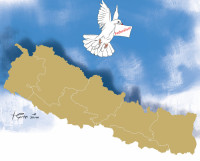
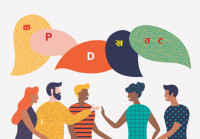
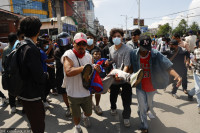
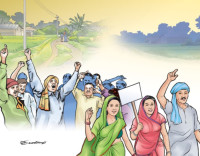


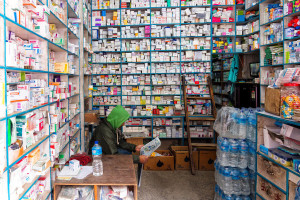
%20(1).jpg&w=300&height=200)

